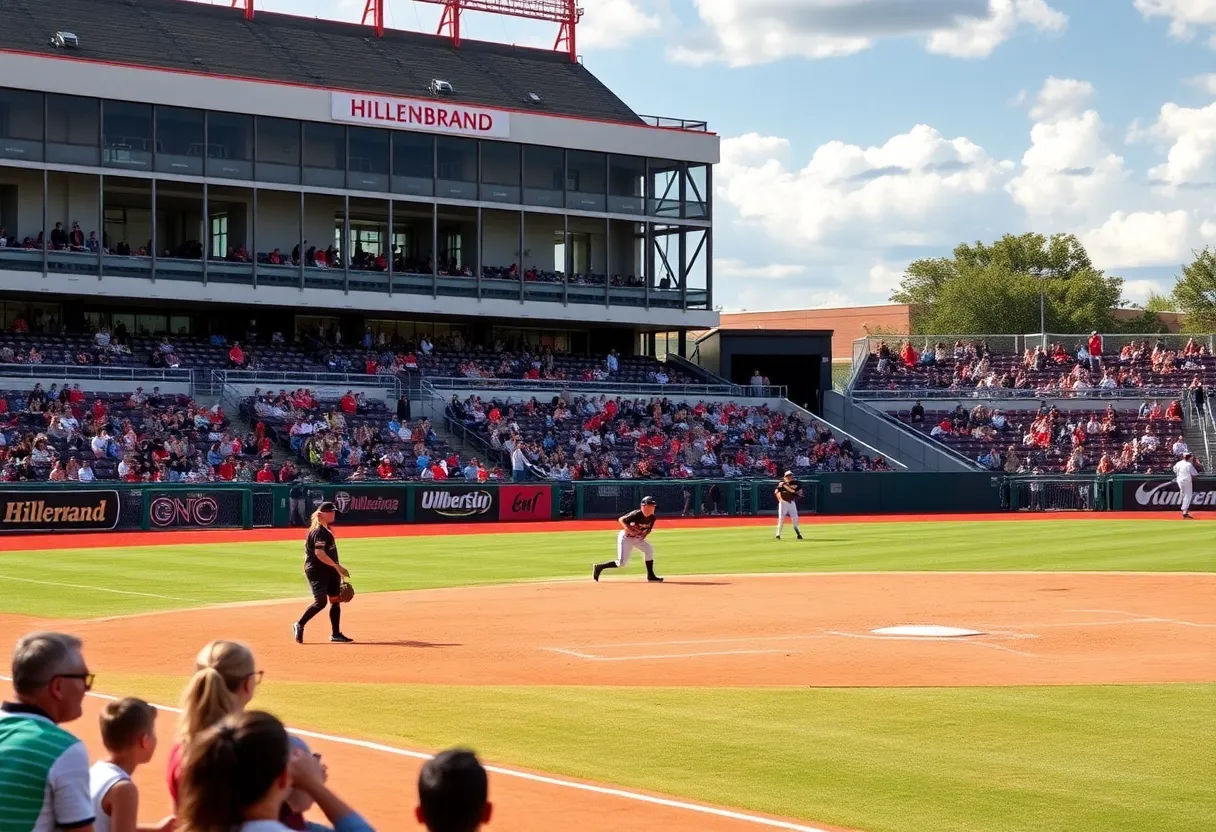Tucson, AZ, October 10, 2025
Following a tragic incident where a cyclist was killed on Tucson’s Loop bike path, community members held a demonstration demanding urgent safety improvements. Activists called for better lighting, barriers, and stricter speed enforcement to enhance protection for the many users of the trail. The city has acknowledged the need for a review of current safety measures and is exploring potential upgrades to improve security for cyclists and pedestrians. This push reflects broader concerns about urban trail safety in Tucson.
Tucson Community Demands Safety Upgrades on Loop Bike Path After Cyclist Death
Tucson, AZ – Community members gathered on Thursday to press for immediate safety enhancements on the city’s popular Loop bike path after a cyclist was fatally struck by a vehicle. The demonstration highlighted growing concerns over the trail’s vulnerability, with advocates urging city officials to implement better lighting, physical barriers, and stricter speed enforcement to protect users.
The incident that sparked the protest involved a cyclist killed in a collision with a motor vehicle on the Loop, a multi-use trail system encircling Tucson. While details of the exact location and circumstances remain under investigation by local authorities, the death has amplified calls for preventive measures. Demonstrators emphasized that the path, used daily by thousands of bikers, pedestrians, and joggers, lacks sufficient safeguards against vehicular intrusions and high-speed traffic nearby.
During the gathering, participants focused their demands on three key areas: installing additional lighting to improve visibility, especially during early morning and evening hours; erecting barriers to separate the trail from adjacent roads and deter unauthorized vehicle access; and increasing enforcement of speed limits in areas bordering the Loop to reduce accident risks. These requests stem from reports of previous near-misses and inadequate infrastructure that have long frustrated regular users of the 136-mile trail network.
City officials responded by committing to a comprehensive review of the Loop’s safety protocols. They noted that ongoing projects already aim to bolster security for trail users, including recent upgrades to signage and pathway surfacing. However, advocates argue that these efforts fall short, pointing to the rising popularity of the Loop—which sees over 2 million visits annually—as a reason for more robust interventions. The review process will likely involve public input sessions and collaboration with transportation experts to assess feasibility and funding.
Background on the Loop Trail System
The Tucson Loop is a celebrated feature of the city’s recreational landscape, designed as a 136-mile network of paths winding through urban, suburban, and natural areas. Developed over decades, it connects parks, neighborhoods, and attractions, promoting outdoor activity and eco-friendly commuting. Since its expansion in the early 2000s, the trail has become a vital artery for fitness enthusiasts and commuters alike, but its proximity to busy roads has raised persistent safety issues.
Historical data shows a pattern of incidents on the Loop, including collisions involving vehicles that veer off nearby streets. In recent years, minor accidents and close calls have prompted incremental improvements, such as reflective markers and widened lanes in high-traffic segments. Yet, the fatal crash on Thursday underscores the urgency for systemic changes. Community leaders have long advocated for the trail to evolve beyond its recreational roots into a fully protected corridor, insulated from automotive threats.
Impact on the Community and Next Steps
The cyclist’s death has reverberated through Tucson’s active lifestyle community, where the Loop serves as more than just a path—it’s a hub for social gatherings, events, and daily exercise. Families, environmental groups, and cycling clubs have mobilized, sharing stories of personal risks to build momentum for reform. The Thursday protest, though peaceful, drew dozens of participants who carried signs and distributed informational flyers outlining proposed safety features.
Looking ahead, the city’s review is expected to produce recommendations within the next few months, potentially including pilot programs for lighting and barriers in hotspot areas. Funding could come from federal grants aimed at non-motorized transportation or local bond measures. In the interim, officials are encouraging Loop users to stay vigilant, adhere to trail rules, and report hazards via a dedicated hotline.
This event reflects broader national conversations about urban trail safety amid increasing urban cycling and pedestrian activity. In Tucson, where outdoor recreation is a cornerstone of quality of life, balancing accessibility with protection remains a critical challenge. As the community awaits outcomes from the review, the Loop’s role as a safe haven hangs in the balance, with hopes that collective action will prevent future tragedies.
FAQ
What incident prompted the community gathering in Tucson?
Community advocates gathered Thursday to demand enhanced safety measures on Tucson’s Loop bike path following the tragic death of a cyclist hit by a vehicle.
What specific safety improvements are advocates requesting for the Loop?
Protesters called for more lighting, barriers, and speed enforcement.
How has the city responded to the demands?
City officials promised a review, highlighting ongoing efforts to make the popular trail safer for pedestrians and bikers.
What is the Tucson Loop?
The Tucson Loop is a 136-mile multi-use trail system used by bikers, pedestrians, and joggers.
Key Safety Demands for Tucson Loop
| Demand | Description | Purpose |
|---|---|---|
| More Lighting | Installation of additional lights along the trail, especially in low-visibility areas | Improve visibility for users during dawn, dusk, and night to prevent accidents |
| Barriers | Physical separators between the path and adjacent roads | Prevent vehicles from entering the trail and protect cyclists and pedestrians |
| Speed Enforcement | Increased monitoring and penalties for speeding near the Loop | Reduce risks from nearby traffic that could veer onto the path |




